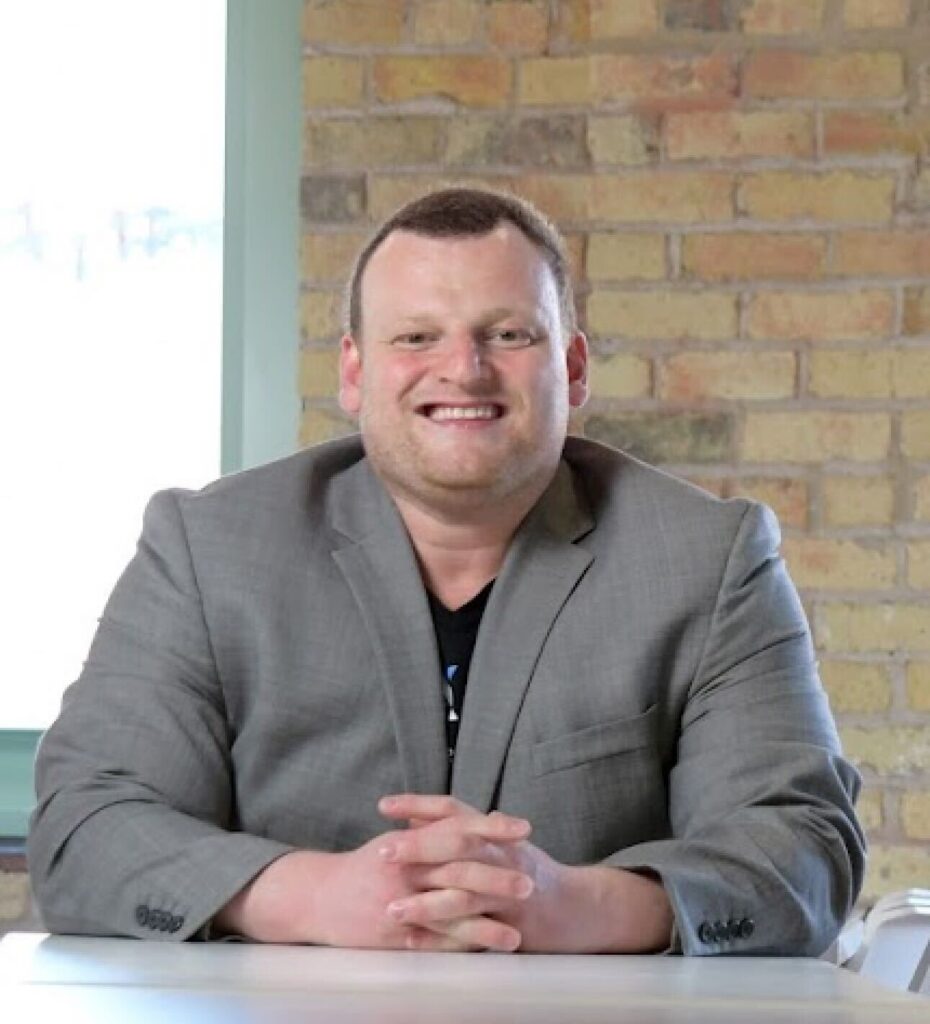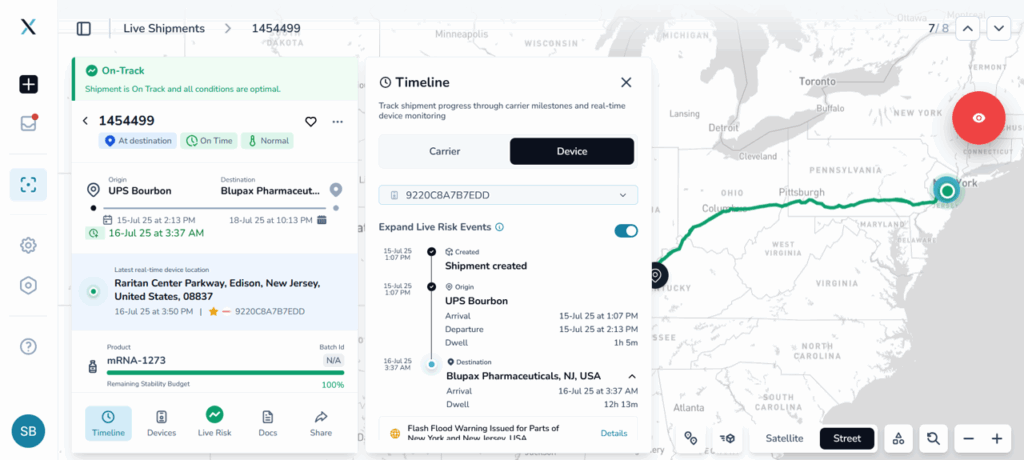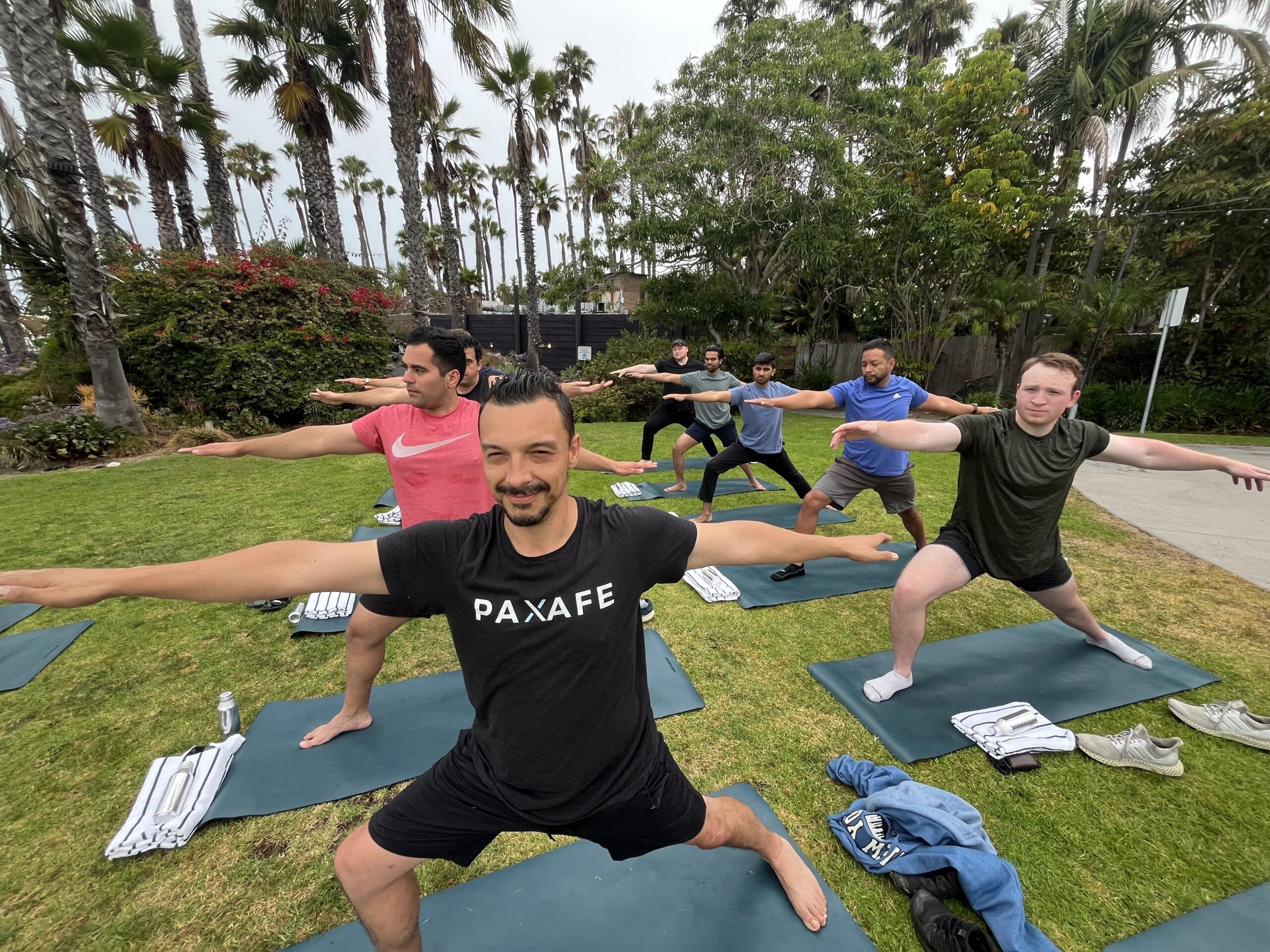In May 2024, PAXAFE announced their $9M Series A funding round led by Framework Venture Partners, with new participation from M12 (Microsoft’s Venture Fund), Rosecliff Ventures, Elevate Ventures, AngelList Quant Fund, Gaingels, Mana Ventures and existing participants Ubiquity Ventures and Venture53.
PAXAFE delivers AI-powered decision support for cold chain logistics, helping pharmaceutical, food & beverage and perishables companies prevent billions in annual losses from temperature-sensitive shipments.
The company’s SaaS platform, CONTXT, quantifies strategic and operational risk, proactively predicts adverse events, and recommends actions to ensure perishable goods are delivered on time and in expected conditions.
Built for an industry valued at over $281B and expected to reach $327B by 2029, PAXAFE transforms workflow automation and management of temperature-sensitive products through AI-powered risk assessment and real-time decision support.
In this edition of Founders Feature, we connected with PAXAFE Co-Founder and CEO Ilya Preston to learn more about how he’s revolutionizing cold chain logistics. Follow our Q&A below.
What industry problem are you trying to solve?

Ilya: As a former management consultant, I spent a few years working for pharma clients that were plagued with inactionable data from their transportation, visibility and quality systems. All this data was siloed, static and added little value towards real-time decision-making. I saw that transportation and quality leaders were spending millions of dollars annually on transportation management platforms that truly didn’t do anything to make their lives or jobs easier.
That is why Ashok Seetharam and I set out to create PAXAFE. We saw that the pharmaceutical and perishables industries that ship temperature-sensitive products are stuck using the same old tools and platforms – solutions that haven’t put a dent in the $40B+ of annual pharmaceutical product loss or the $800B+ of annual food loss specifically due to temperature issues in the supply chain.
What qualities do you look for in your team members?
Ilya: At PAXAFE, we have employees from all walks of life: from pharmaceutical digital transformation leaders to Amazon last mile data scientists to West Point officers who flew Blackhawk helicopters in combat zones. The common denominator? Each person was exceptional at their craft.
Every single person that we hire must be exceptional at problem-solving – having the ability to break down ambiguous problems into bite-sized chunks, formulate rational assumptions, and structure approaches that drive clarity, momentum, and measurable impact.
Second, we want people that can sell! Not in the traditional sense – but people that would excel in debate clubs and could convince or influence others. Few can do both well – but it’s a requirement that each person that we hire do one of the two exceptionally well.

A glimpse of the PAXAFE platform
How do you decide which investors to bring on board?
Ilya: Peter Berg at M12 did an exceptional job even before the investment was finalized. He spent hours with me preparing for the Investment Committee meeting, and in that meeting it truly felt that he was a PAXAFEr, exhibiting the same kind of passion and representation that I’d expect from anyone on my own team. The amount of value that an investor can provide goes far beyond check size – and that is what we found in Peter and with M12.
What advice would you give to someone who is just starting out in the startup world?
Ilya: Don’t build a single line of code or spend a dollar buying anything until you’ve conducted more discovery than you’ll ever want to do. In B2B, there are at least 100+ discussions if you’re selling small enterprise deals, and 50+ if you’re selling mid-to-large enterprise deals.
Focus on learning, solutioning, prototyping and iterating until a customer is willing to write you a check – that’s when you can start to build.
As far as talent goes – hire slowly. Bring on people that complement your skillsets. And hire for potential over experience. When hiring anyone from a big company, figure out what makes them tick. The culture difference between large companies to startups can be a culture shock and present unique challenges, with transitions taking time, so alignment of incentives is critical.

